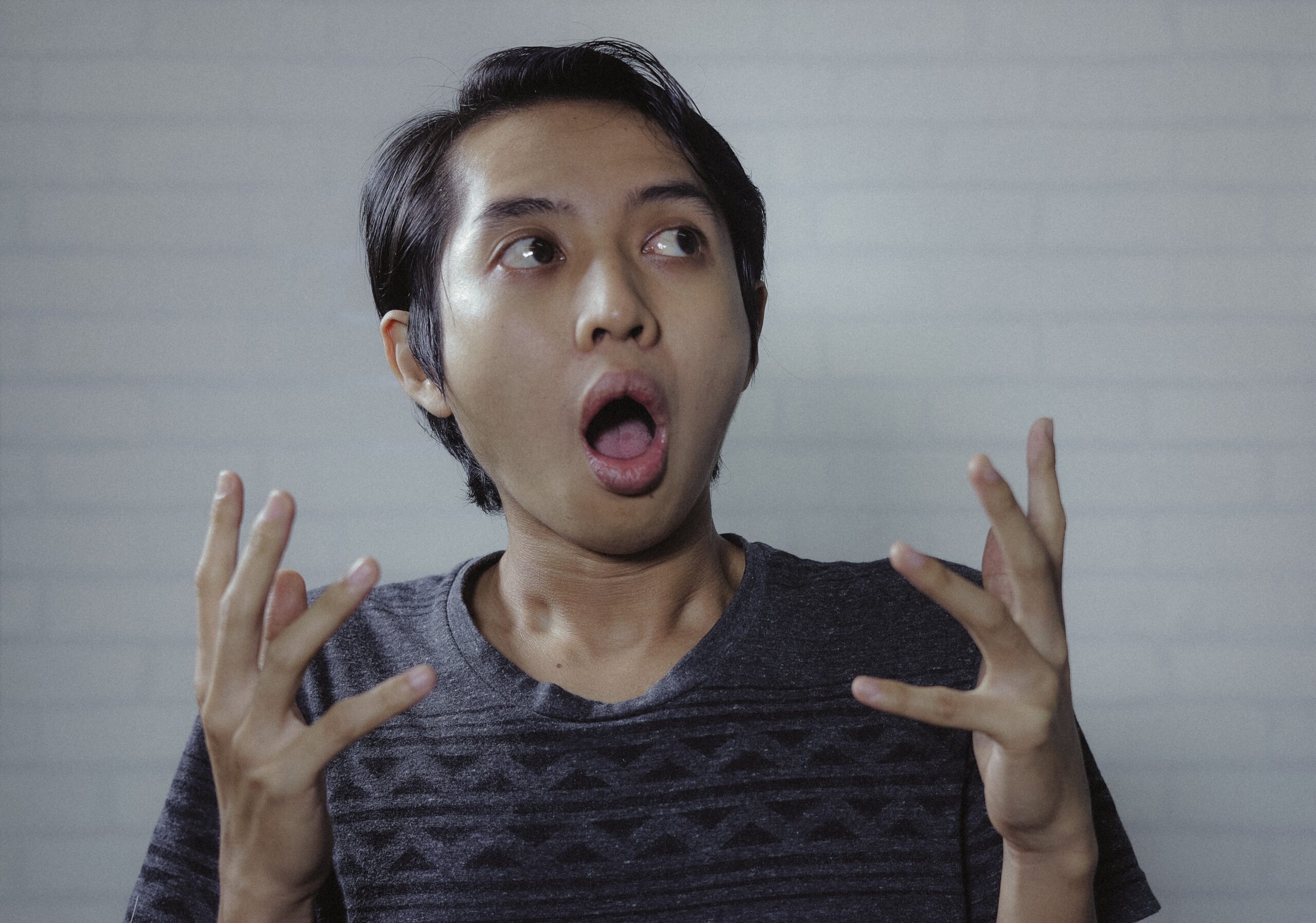Learning your lines and cues is one thing but convincing the audience that you are truly in character and feeling all those emotions is key when playing a role.
Acting with your voice and body language is a big part of playing a character, however, you need to make sure this translates to your facial expressions as well. You may feel people won’t notice, but if your delivery doesn’t match your expression the entire performance can seem off.
An excellent way to master facial expressions is to simply observe the people around you and their body language and how they convey emotion. Take notice of how people’s eyes crinkle when they smile, or the subtle furrow of a brow when someone is confused.
You use your face to display emotions and feelings every single day. All you need to do is learn how to copy these natural expressions and use them on command while performing.
Using a mirror may seem silly, but it’s one of the best ways you can practise expressions. Go through a list of different feelings, talking through a script with yourself or just practising without words.
Practise a range of emotions, varying in intensity. Use the same scenario but switch between happy, excited, angry and upset, watching how your expression changes between emotions.
Try to convey your emotions without words and work on giving a convincing performance with just your body language and face. Don’t tell the audience that you are angry and upset… show them.
Once you have taken time to study your own face, you will find it far easier to slip in and out of emotions while acting as you have spent the time practising. Mastering the subtle art of expressions only takes a little time and some practice.
Looking for acting classes in Manchester? Get in touch with Act Up North!

